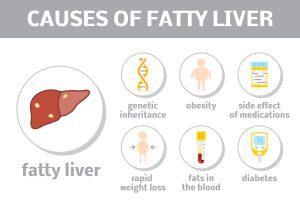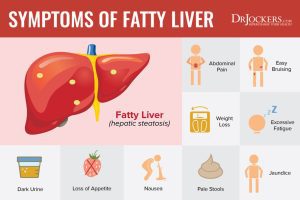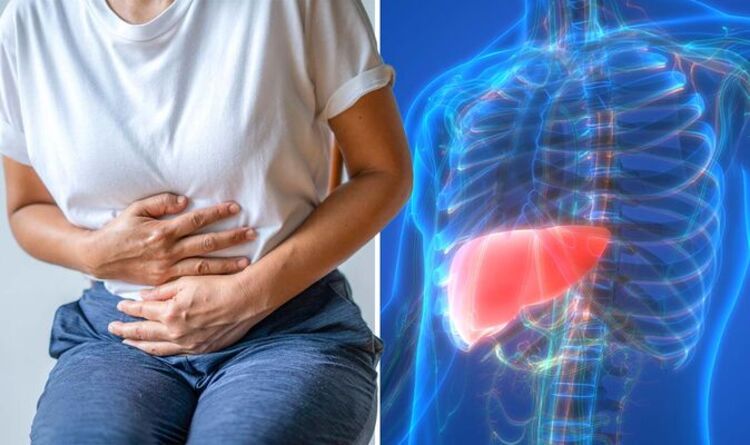Introduction
Fatty liver disease, also known as hepatic steatosis, is a condition characterized by the accumulation of fat in the liver cells. This buildup can lead to liver inflammation and impairment of function if left untreated. Understanding the causes, signs, and preventive measures for liver disease is crucial for maintaining optimal liver health. In this comprehensive guide, we delve into the intricacies of liver disease to provide you with valuable insights.
What Causes Fatty Liver Disease?
Fatty liver disease can develop due to various factors, including:
1. Obesity
Obesity is a leading cause of liver disease. Excess body weight, particularly visceral fat around the abdomen, increases the likelihood of fat accumulation in the liver.
2. Insulin Resistance
Insulin resistance, often associated with obesity and type 2 diabetes, contributes to the development of liver disease. When cells become resistant to insulin, the liver compensates by producing more glucose, which can lead to fat buildup.
3. High Sugar Intake
Consuming excessive amounts of sugary foods and beverages can overload the liver with fructose, a type of sugar metabolized primarily in the liver. This can contribute to fat accumulation and liver damage over time.
4. Poor Diet
A diet high in processed foods, saturated fats, and refined carbohydrates can promote fatty liver disease. These dietary choices can increase inflammation and impair liver function, exacerbating fat accumulation.
5. Alcohol Consumption
Alcoholic fatty liver disease occurs due to excessive alcohol consumption. Chronic alcohol abuse can damage liver cells and interfere with fat metabolism, leading to liver disease and potentially more severe liver conditions.
6. Genetics
Genetic factors can predispose individuals to liver disease. Certain genetic variations may influence how the body metabolizes fats and processes toxins, increasing the risk of fat accumulation in the liver.

Signs and Symptoms of Fatty Liver Disease
Fatty liver disease often progresses silently, with few noticeable symptoms in the early stages. However, as the condition advances, individuals may experience:
1. Fatigue
Persistent fatigue and weakness are common symptoms of liver disease. The liver plays a vital role in energy metabolism, and impaired liver function can lead to feelings of exhaustion.
2. Abdominal Discomfort
Some individuals with liver disease may experience discomfort or pain in the upper right abdomen, where the liver is located. This discomfort may be mild or more pronounced, depending on the severity of liver inflammation.
3. Weight Loss
Unintentional weight loss can occur in some cases of liver disease, particularly as the condition progresses to more advanced stages. This weight loss may be accompanied by decreased appetite and malnutrition.
4. Jaundice
Jaundice, characterized by yellowing of the skin and eyes, can occur in severe cases of liver disease. Jaundice indicates impaired liver function and is often accompanied by dark urine and pale-colored stools.
5. Swelling
Swelling in the abdomen or legs, known as ascites or edema, may develop as liver disease progresses. This swelling occurs due to fluid retention, which can result from impaired liver and kidney function.

Ways to Stay Well and Prevent Fatty Liver Disease
Preventing fatty liver disease involves adopting healthy lifestyle habits and addressing underlying risk factors. Here are some strategies to promote liver health:
1. Maintain a Healthy Weight
Achieving and maintaining a healthy weight through a balanced diet and regular physical activity can reduce the risk of fatty liver disease. Aim to incorporate plenty of fruits, vegetables, lean proteins, and whole grains into your diet while limiting sugary and high-fat foods.
2. Limit Alcohol Consumption
If you drink alcohol, do so in moderation to reduce the risk of alcoholic fatty liver disease. Men should limit alcohol intake to no more than two drinks per day, while women should consume no more than one drink per day.
3. Eat a Nutritious Diet
Focus on consuming a diet rich in nutrients and low in processed foods, saturated fats, and added sugars. Opt for whole foods such as fruits, vegetables, nuts, seeds, and lean proteins to support liver health and overall well-being.
4. Exercise Regularly
Engage in regular physical activity to promote weight management and improve insulin sensitivity. Aim for at least 150 minutes of moderate-intensity exercise or 75 minutes of vigorous exercise each week, along with strength training exercises to build muscle mass.

5. Monitor Your Medications
Certain medications and supplements can contribute to liver damage, especially when taken in excess or in combination with other substances. Consult with your healthcare provider about the potential risks and benefits of any medications you take. Explore More About ( Link Between Diabetes or Fast Walking)
6. Get Regular Check-ups
Attend regular medical check-ups to monitor your liver health and address any concerns or symptoms promptly. Routine blood tests and imaging studies can help detect fatty liver disease in its early stages when interventions are most effective.
7. Manage Underlying Health Conditions
If you have underlying health conditions such as diabetes, high cholesterol, or hypertension, work with your healthcare provider to manage these conditions effectively. Controlling these risk factors can help prevent or slow the progression of fatty liver disease.
By incorporating these strategies into your lifestyle, you can reduce the risk of fatty liver disease and maintain optimal liver health for years to come.
Types of Fatty Liver Disease
| Type of Fatty Liver Disease | Causes | Symptoms | Prevention |
|---|---|---|---|
| Alcoholic Fatty Liver Disease | Excessive alcohol consumption | Fatigue, abdominal pain, jaundice | Limit alcohol intake, seek medical help for alcohol dependence |
| Non-alcoholic Fatty Liver Disease (NAFLD) | Obesity, insulin resistance, high sugar intake | Fatigue, abdominal discomfort, swelling | Maintain a healthy weight, adopt a nutritious diet, engage in regular physical activity, limit sugar and processed foods |
| Genetic Fatty Liver Disease | Genetic predisposition | Varies depending on genetic factors | Manage underlying health conditions, follow medical advice |
This comparative table provides a brief overview of the different types of fatty liver disease, including their causes, symptoms, and preventive measures.












